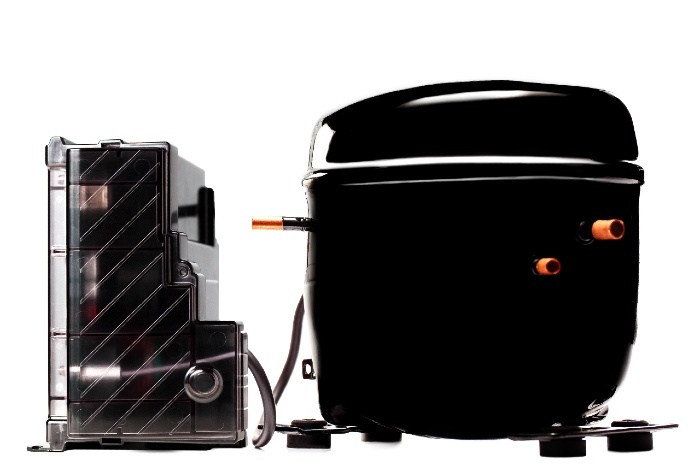United States. In a case study, carried out between Embraco and Hussmann, a 29% energy savings were achieved in refrigeration equipment by changing the fixed-speed compressor to a variable-speed compressor, which also meant a reduction in CO2 emissions in these devices.
The experiment, which was carried out in Grab'n Go vertical freezer units of the Hussmann brand, normally used in convenience stores, was also characterized by the preservation of the use of natural refrigerant. What stands out about this study is that, in addition to achieving greater energy efficiency, it was possible to deliver better food preservation. This achievement, in addition to generating environmental benefits, saves money for the end user.
The results of this study were presented during the latest version of the Atmosphere America 2022 Summit, which was held on June 7 and 8 in Washington D.C. A space that brought together key industry experts, legislators, end users, manufacturers and contractors.
Details of the study
The case study was conducted with two freezers with different number of doors. For the three-door refrigerator the modification consisted of changing the two Embraco NT fixed speed compressors for two variable speed units (FMFT reference). This resulted in 29% energy savings and a variation of 13.5% less in product temperatures, which implies better food preservation.
John Prall, application engineer at Nidec Global Appliance, explained: "The two variable speed compressors were able to provide the same cooling capacity as the previous two fixed-speed models, operating at lower speeds most of the time, which allowed for such high energy savings."
However, the other application was in a two-door freezer, in which the Embraco NT compressor was also replaced with an FMFT. In this case, a 19% reduction in energy consumption and a 35% lower variation in product temperatures were obtained.

In this case Prall explained that "The FMFT of variable speed, with 12.7 cc of equivalent displacement, replaced a fixed speed of 22.4 CC. Even with such a difference, the FMFT was able to provide the same cooling capacity and promote significantly higher energy efficiency."
On the other hand, in both applications the estimate of amortization for end users, considering the reduction of energy consumption, is two years. In addition, the devices were controlled by Embraco Smart Drop-In, a control software that simplifies the use of variable speed compressors and eliminates the need for a control unit in the cabinet.
"The variable speed compressor can dampen temperature variations caused by door openings much faster than standard on-off compressor models, thus improving food preservation and adhering to best practices of food safety regulations in the United States," Prall said.
Conclusions of the study
If we take into account the results achieved, both freezers met the E-Star certification requirements of the United States for commercial refrigeration equipment.
"Our promise is to continuously provide the most customer-centric solutions in the food retail sector, and we see a high demand for more energy efficiency, for financial, environmental and regulatory reasons. That's why we decided to develop with Embraco a whole new portfolio of variable speed applications," added Michael Schafer, vice president of Core and Distributed Case Products at Hussmann Corporation.

As an environmental gain, which is another of the pillars of this study, an estimated reduction of 4,376 kilos of CO2 emissions was obtained for the unit in the grab'n Go two-door freezer and 10,013 kilos for the three-door model, in both cases during its useful life cycle.
Finally, the use of the natural refrigerant R290, which was used for this specific case, is also more sustainable from the environmental point of view, since it has no potential to affect the ozone layer and its global warming potential is close to zero.
If you are interested in obtaining more information about this study you can do so through this link.















